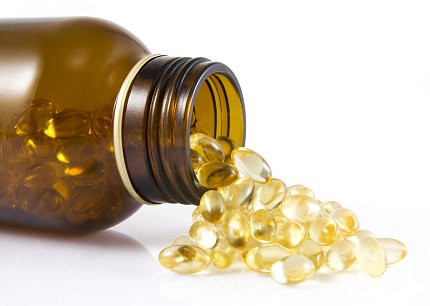Vitamin D Does Not Prevent Type 2 Diabetes in People at High Risk

Photo: Anilakkus/iStock
Taking a daily vitamin D supplement does not prevent type 2 diabetes in adults at high risk, according to results from a study funded by NIDDK. The Vitamin D and Type 2 Diabetes (D2d) study enrolled 2,423 adults and was conducted at 22 sites across the United States. These findings were published in the New England Journal of Medicine and presented at the 79th scientific sessions of the American Diabetes Association in San Francisco.
D2d is the largest study to directly examine if daily vitamin D supplementation helps keep people at high risk for type 2 diabetes from developing the disease. The study included adults age 30 or older and assigned participants randomly to either take 4,000 international units of the D3 (cholecalciferol) form of vitamin D or a placebo pill daily. All study participants had their vitamin D levels measured at the start of the study. At that time, about 80 percent of participants had vitamin D levels considered sufficient by U.S. nutritional standards.
“Observational studies have reported an association between low levels of vitamin D and increased risk for type 2 diabetes,” said Dr. Myrlene Staten, D2d project scientist at NIDDK. “Additionally, smaller studies found that vitamin D could improve the function of beta cells, which produce insulin. However, whether vitamin D supplementation may help prevent or delay type 2 diabetes was not known.”
The study screened participants every 3 to 6 months for an average of 2.5 years to determine if diabetes had developed. Researchers then compared the number of people in each of the two study groups that had progressed to type 2 diabetes.
At the end of the study, 293 out of 1,211 participants (24.2 percent) in the vitamin D group developed diabetes compared to 323 out of 1,212 (26.7 percent) in the placebo group—a difference that did not reach statistical significance. The study was designed to detect a risk reduction of 25 percent or more.
